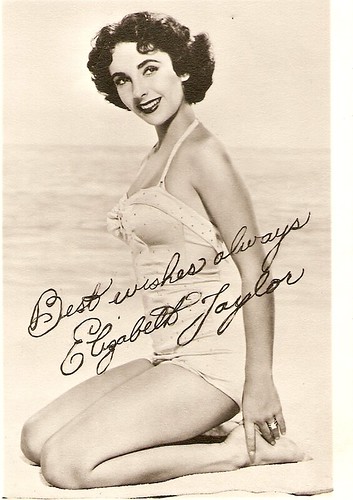
Elizabeth Taylor. Just the name itself conjures images of violet eyes, dazzling jewels, unparalleled glamour, and a life lived larger than life. She was, without a doubt, the 20th century’s most famous movie star, a true Hollywood icon whose global fame was rivaled only by a select few like Jackie Kennedy or Marilyn Monroe. Yet, beneath the layers of sensational headlines and public spectacle, Taylor was a woman of immense depth, passionate convictions, and a heart that felt everything with an almost ‘rampant empathy,’ as her stepdaughter Carrie Fisher once so aptly put it.
For decades, the world was captivated by her every move, her every romance, and yes, her legendary eight marriages to seven different men. Long after she stopped gracing the silver screen, the drama of her personal life continued to fill magazine covers, turning her into a living, breathing soap opera for millions. But to reduce Elizabeth Taylor to merely her marriages and beauty would be to miss the extraordinary woman who defied expectations, especially during a time of immense fear and prejudice. She famously stated, “I resented my fame, until I realized I could use it.” And use it, she did, in ways that profoundly changed the world for the better.
We’re about to embark on a journey through the life of this remarkable star, examining the pivotal moments, the loves, the losses, and the powerful awakening that transformed her into one of the most dedicated and vocal activists of her time. From her early days as a child star navigating a demanding industry to the profound personal experiences that ignited her unwavering commitment to fighting the AIDS crisis, Elizabeth Taylor’s story is a testament to resilience, compassion, and the extraordinary power of using one’s platform for good. Get ready to peel back the layers of a legend, because this is Elizabeth Taylor, in her own words and through the eyes of those who knew her best.
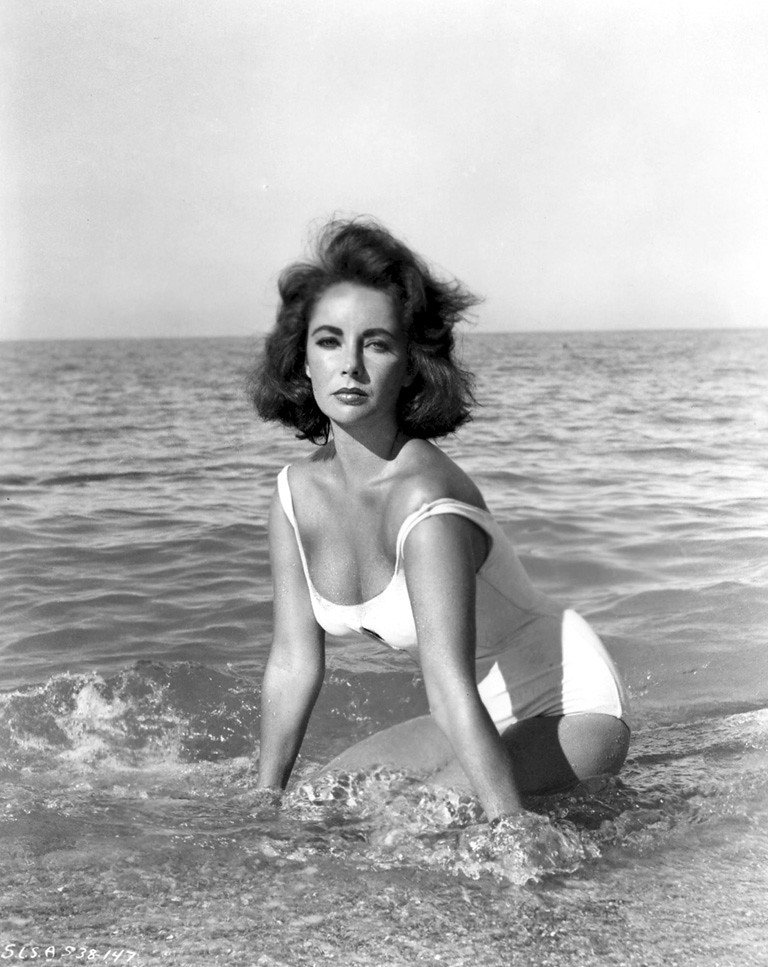
1. **A ‘Terrified Little Girl’ Forged in the Hollywood Machine**Born in London, Elizabeth Taylor was just seven years old when her family relocated to Los Angeles, a move that would inadvertently set her on a path to unparalleled stardom. She didn’t need any prodding from her art dealer father, Francis Taylor, or stage actress mother, Sara Sothern; the camera simply loved her. However, the glittering facade of Hollywood quickly revealed a more arduous reality for the young actress.
She often remembered herself as a “terrified little girl” navigating a world designed for adults. The joys of acting, initially a natural fit, soon gave way to the rigid structure of the MGM studio lot, which she recalled as having a ‘grim’ school. Her every move was under the watchful eye of nonstop chaperones, stripping away much of her childhood innocence and autonomy. It was a rapid, often jarring, maturation process, forcing her to confront life’s realities far sooner than her peers.
As she transitioned into her teenage years, Taylor found herself “stuck as an ingenue” often opposite actors far older than herself. This early immersion into an adult world meant her first on-camera kiss came just a week after her actual first kiss, a moment she playfully noted, “The film kiss was better.” This blend of innocent observation and a nascent understanding of performance would define much of her public persona, always with a touch of wit and undeniable charm.
Her experience within the studio system, while providing the foundation for her iconic career, also instilled a deep sense of being controlled and shaped by external forces. This early exposure to the pressures of public life and the feeling of being an object of scrutiny would later inform her desire to reclaim her narrative and, eventually, her purpose. It was a challenging beginning, but one that undeniably honed the fierce spirit that would define her.
Read more about: From Rugged Outlaws to Unflinching Lawmen: 15 Wild West Characters Who Defined the Frontier on Screen
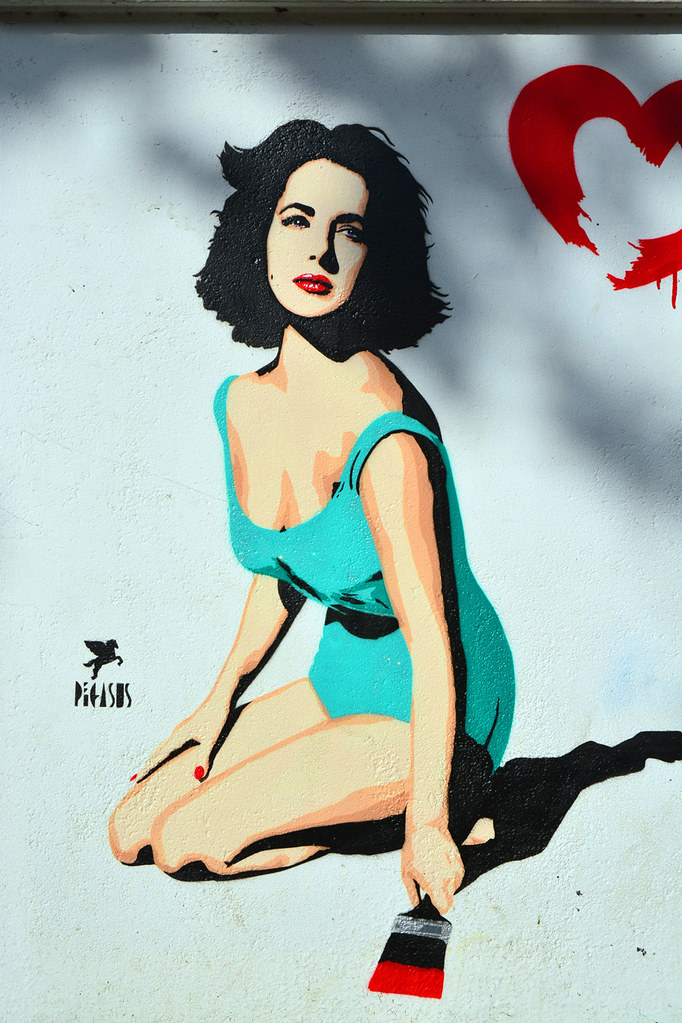
2. **The Tumultuous First Marriages and a Personal Tragedy**Elizabeth Taylor’s personal life was as dramatic and captivating as any film she starred in, beginning with her first marriage at the tender age of 18. In 1950, she married hotel heir Conrad “Nicky” Hilton Jr., a union that lasted a mere eight months. This initial foray into matrimony, unfortunately, brought with it a heartbreaking experience that she revealed in newly unearthed interviews: she suffered a miscarriage after a drunken Hilton kicked her in the stomach, a stark and painful contrast to the glamorous image she projected.
Her second husband was British actor Michael Wilding, a marriage that brought two sons but eventually ended in divorce. Then came Mike Todd, a dynamic and charismatic producer who swept her off her feet, fathered her first daughter, Liza, and whom she proclaimed as her “first true love.” Their relationship was a whirlwind of passion and joy, but it was tragically cut short when Todd died in a plane crash just 13 months into their marriage. This profound loss left Taylor utterly devastated, a raw emotional wound that would linger for years.
In her grief, Taylor found an unlikely solace, and controversy, with Todd’s friend Eddie Fisher. Their marriage in 1959, just three hours after Fisher’s divorce from Debbie Reynolds was finalized, created a massive scandal, painting Taylor as a homewrecker. Yet, Taylor confessed in the tapes, “I never loved Eddie. I liked him. I felt sorry for him. And I liked talking [to him]. But he was not Mike.” This admission highlights the complexity of her emotional state, seeking comfort in the aftermath of an unbearable loss, even if it wasn’t true love.
The emotional turmoil during her marriage to Fisher reached a harrowing peak, as Taylor revealed she was so miserable that she attempted suicide by taking sleeping pills. “I was fed up with living,” she candidly recalled, offering a rare glimpse into the profound despair she experienced behind the tabloid headlines. These early marriages, marked by both dazzling highs and devastating lows, underscore the intense personal struggles she faced while living under the relentless glare of the public eye, constantly seeking love and stability in a world that offered little of either.
Read more about: Beyond the Glare: Unpacking the Lesser-Known Truths and Enduring Resilience of Yolanda Hadid
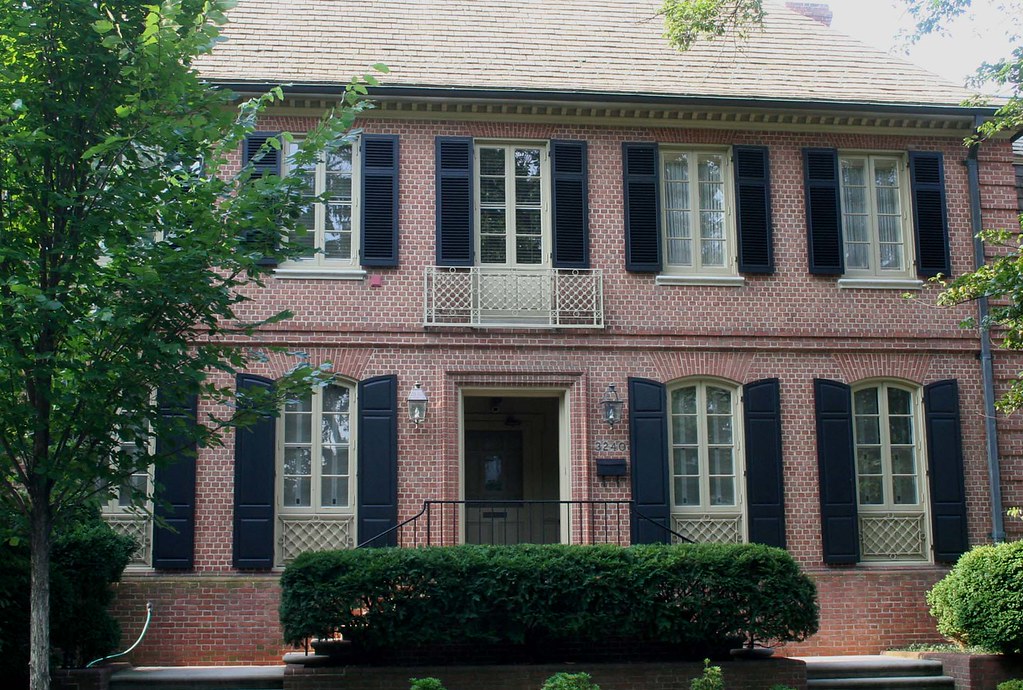
3. **Deep Bonds: Her Friendships with James Dean and Rock Hudson**Beyond the romantic entanglements that famously defined her, Elizabeth Taylor also forged deep and enduring friendships with her co-stars, bonds that often transcended the Hollywood glitter. One such profound connection was with the enigmatic James Dean, her co-star in George Stevens’ hit 1956 Western, *Giant*. Taylor cherished this project, and her recollections of Dean reveal a poignant intimacy between them.
She recalled how Dean, despite his often guarded public persona, would open up to her. “He would tell me about some of the grief and unhappiness in his life and some of his loves and tragedies,” she shared. Yet, the very next day on set, a playful dynamic would ensue: “And the next day on the set I’d say, ‘Hi Jimmy!’ And it was almost as if he didn’t want to sort of recognize that he had revealed so much of himself the night before.” This anecdote speaks volumes about the trust and vulnerability they shared, a rare comfort in the often-superficial world of movie-making.
The news of Dean’s tragic death in a car accident on September 30, 1955, while *Giant* was in post-production, profoundly affected Taylor. The shock was intensified by a personal detail she never forgot: she had “just been with him that day, driving around the studio in his Porsche.” His vibrancy made his death almost incomprehensible to her. “He was so alive, he was so vital. I couldn’t believe that he was dead,” she recounted, capturing the raw grief of losing a vibrant young friend.
Another enduring friendship, perhaps even more significant in shaping her future, was with Rock Hudson, her other co-star in *Giant*. This bond would prove to be pivotal, intertwining their lives in a way that had immense cultural impact decades later. Hudson’s own struggles with his hidden uality and his eventual public battle with AIDS would deeply resonate with Taylor, sparking a fire within her that would define her most important legacy.
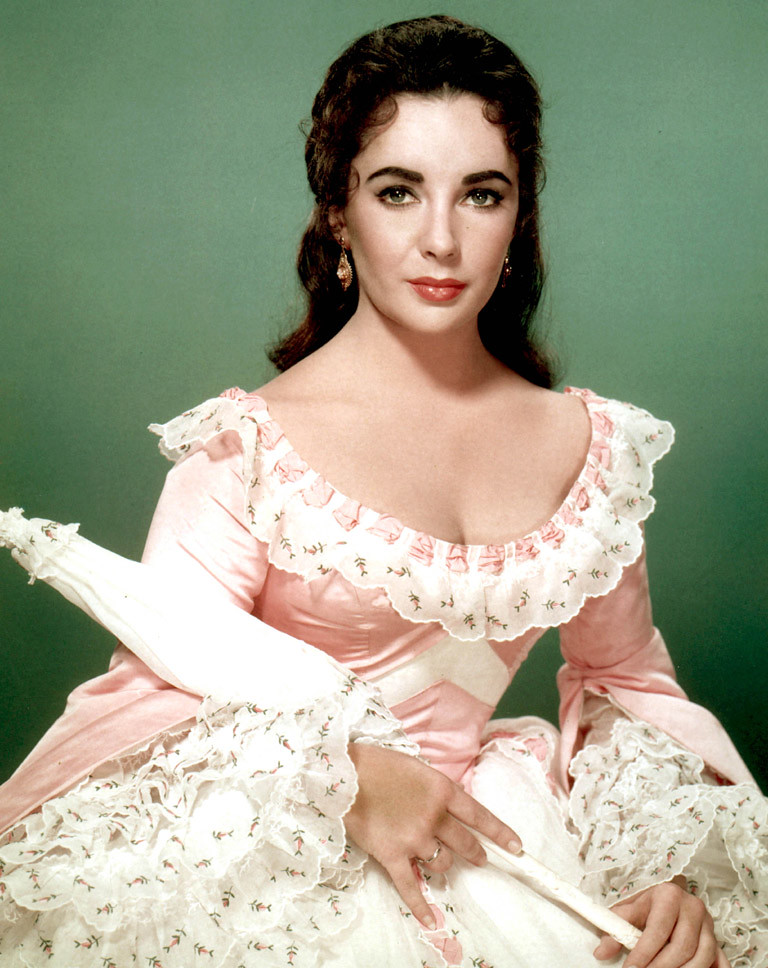
4. **Mike Todd: The ‘First True Love’ Who Left a Void**Among her famous list of husbands, Mike Todd holds a unique and profoundly special place in Elizabeth Taylor’s heart. While she would famously marry Richard Burton twice, Todd was the man she consistently referred to as her “first true love.” He entered her life like a force of nature, a dynamic Oscar-winning producer known for spectacles like *Around the World in 80 Days*, and he completely swept her off her feet. Their love affair was, by all accounts, passionate and exhilarating, a whirlwind that brought her genuine happiness and a sense of stability she often yearned for.
Their union, which began in 1957, was blessed with their daughter, Liza. For Taylor, Todd represented more than just a husband; he embodied a robust, unapologetic love that matched her own intensity. He was a man who knew how to live life to the fullest, and in him, she found a partner who appreciated her spirit and embraced her complexity. Their relationship, while described by some as “complicated,” was nevertheless deeply touching, as documentary director Nanette Burstein observed, capturing a profound connection that stood out amidst her many romances.
Tragically, this incandescent love story was cut short in a devastating instant. Just 13 months into their wedded bliss, Mike Todd died in a plane crash. The loss was cataclysmic for Taylor, leaving an immense void in her life and a deep, enduring grief. The man who had been her anchor, her passionate companion, and the father of her child was suddenly gone, a cruel twist of fate that left her heartbroken and adrift. Her subsequent marriage to Eddie Fisher, Todd’s friend, was a direct consequence of this profound loss, a desperate attempt to fill the emptiness left by Todd’s sudden departure.
Even after other loves came and went, including her tumultuous relationship with Richard Burton, Taylor’s memories of Mike Todd remained pristine and filled with a special tenderness. He was the one who, for a brief, glorious period, made her feel truly loved and understood, a beacon of joy and fulfillment. His untimely death was a defining tragedy that marked her life, leaving her with the enduring conviction that he was, indeed, the one who first captured her heart completely and forever held a unique spot in her affections.
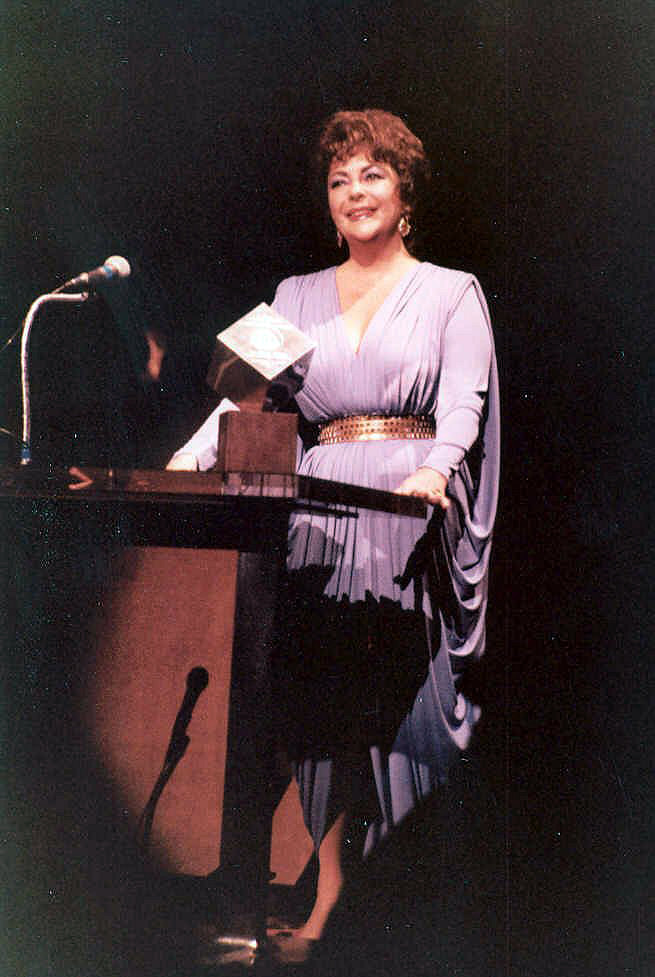
5. **Richard Burton: The Epic, Twice-Married Love of Her Life**If Mike Todd was Elizabeth Taylor’s “first true love,” then Richard Burton was undeniably the most passionate, tumultuous, and iconic love affair of her storied life. Their legendary romance ignited on the set of *Cleopatra* in 1963, a scandalous affair that captivated the world and even led to a Vatican condemnation. It was a love that defied convention, spawned headlines, and quite literally led to the invention of the paparazzi just to cover their every move.
Taylor and Burton were a force of nature together, their personalities clashing and intertwining with fiery intensity. She often spoke of their relationship in epic terms, confessing in later years, “I was married to Richard Burton twice, and he was the most passionate love of my life. Nobody fought more or loved more than we did.” This candid admission perfectly encapsulates the drama and depth of their connection – a bond characterized by soaring highs, bitter arguments, and an undeniable, magnetic attraction that pulled them back together again and again.
Their love story unfolded both on and off screen, as they starred in 11 films together, their real-life chemistry sizzling for all the world to see. From *Who’s Afraid of Virginia Woolf?* to *The Taming of the Shrew*, their performances were often infused with the raw, potent emotions of their own complicated relationship. Their twin marriages, from 1964 to 1974 and briefly again from 1975 to 1976, were a testament to their inability to live without each other, despite their equally strong inability to live peacefully with each other.
Their relationship was a constant blend of public spectacle and deeply private passion, influencing fashion, celebrity culture, and even the very concept of a “supercouple.” The world watched, mesmerized, as they bought yachts, collected priceless jewels, and lived a life of extraordinary opulence, like “members of the Royal Family” as one author described. The intensity of their connection was both a blessing and a curse, fueling their creative endeavors and their personal dramas in equal measure, leaving an indelible mark on cinematic history and the landscape of celebrity romance.
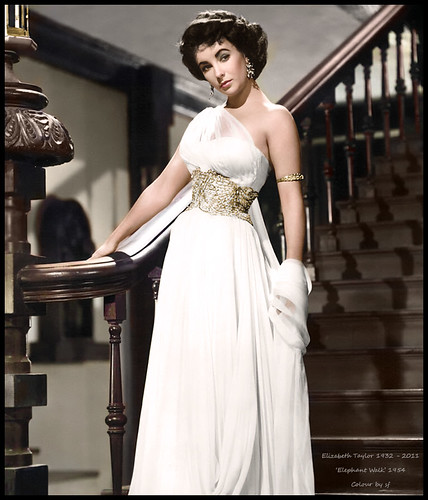
6. **The ‘Sympathy Vote’ Oscar and Her Furious Activist Awakening**Before her universally acclaimed performance in 1966’s *Who’s Afraid of Virginia Woolf?* earned her a second, well-deserved Academy Award, Elizabeth Taylor clinched her first Oscar for Best Actress in 1960’s *Butterfield 8*. However, this victory was met with surprising disdain from Taylor herself. In her brutally frank style, she openly despised both the movie, which she famously called “a piece of s—,” and her own performance within it, believing it to be far from her best work. This deep dissatisfaction made her perceive the win through a cynical lens.
Her critical view of this particular Oscar win was rooted in a severe bout with pneumonia she experienced while filming *Cleopatra*, which resulted in a highly publicized tracheotomy. During this health crisis, Taylor later claimed she was pronounced dead four times, a terrifying experience that garnered immense public sympathy. She lamented in the documentary *The Lost Tapes* that she “won the Oscar for my tracheotomy,” firmly believing the award was a consolation prize for her near-death experience rather than a genuine recognition of her acting prowess. This candid reflection offered a rare glimpse into the often-unseen pressures and personal struggles behind the glamorous façade of Hollywood success.
This early experience of public perception, of her personal struggles overshadowing her professional work, perhaps sowed the seeds of a deeper frustration. It was an awareness of how external factors could dictate her narrative, and it foreshadowed her later realization that fame, while sometimes burdensome, could also be a powerful tool. The idea of her talent being overlooked in favor of her personal drama or health struggles must have grated on a woman as fiercely intelligent and self-aware as Taylor.
Years later, this simmering frustration would ignite into a blazing fury that transformed her into a groundbreaking activist. In 1987, Taylor gave a powerful speech at the National Press Club, reflecting on the moment she transitioned from passive anger to active advocacy. “I became so incensed and personally frustrated at the rejection I was receiving by just trying to get people’s attention,” she recalled. The “huge, loud silence regarding AIDS, how no one wanted to talk about it and no one wanted to become involved” angered her to her core. It was in this moment of profound outrage that she had a stark, self-reprimanding realization: “Bitch, do something yourself. Instead of sitting there getting angry. Do something.” This powerful internal monologue marked the true beginning of her unwavering commitment to the fight against AIDS, a fight that would become her most enduring legacy.
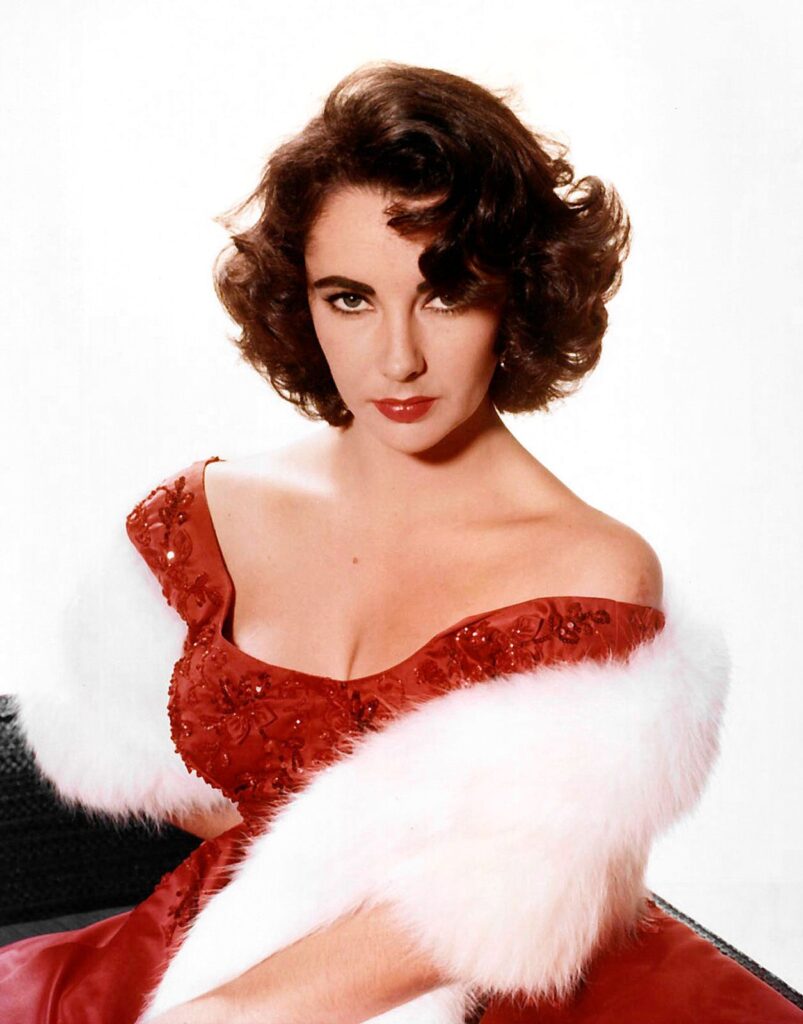
7. **The Shocking Reality: Friends Refuse to Help**Elizabeth Taylor had always been a woman of conviction, and once she decided to act against the “huge, loud silence regarding AIDS,” there was no turning back. Her internal monologue, “Bitch, do something yourself. Instead of sitting there getting angry. Do something,” ignited a fire within her. Yet, even for a star of her magnitude, the initial fight was a lonely and frustrating one, revealing a harsh reality about the pervasive fear and prejudice surrounding the disease.
She reached out to those she thought would rally by her side, fellow entertainment titans and close friends. To her shock and immense disappointment, many hesitated, or outright refused. Studio heads, for whom she had made fortunes, unceremoniously hung up on her. Even her dear friend and former lover, Frank Sinatra, turned her down when she first sought his help, as did Michael Jackson, who was also hesitant. This wave of rejection deeply shocked Taylor, a testament to the pervasive fear that gripped even the most powerful in Hollywood.
Some of her closest friends and trusted advisers urged her to steer clear of the issue, warning that championing HIV and AIDS causes could jeopardize her illustrious career. But Taylor, never one to prioritize personal gain over a moral imperative, delivered a retort that perfectly encapsulated her fierce spirit: “Who gives a goddamn about careers,” she told them, “when the people, without whom we wouldn’t have a career, are dying?” It was a powerful, defiant stance that set the stage for her unwavering dedication.
Read more about: Unflinching Lens: 14 Haunting Images Revealing Climate Change’s Unseen Toll on Our World
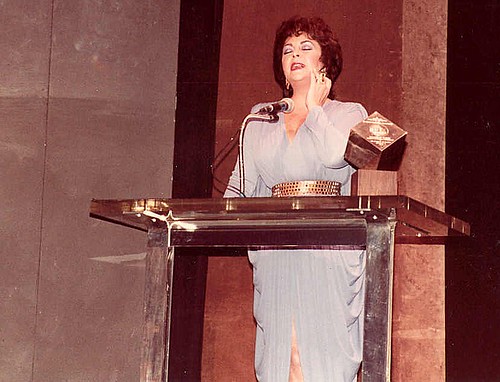
8. **”Commitment to Life”: The Groundbreaking First Fundraiser**Despite the initial resistance, Taylor found an ally in Bill Misenhimer, the director of AIDS Project Los Angeles (APLA). He knew her involvement was crucial, recognizing that “no one who commanded as much respect within the entertainment community” could make the impact she could. He approached her assistant, Chen Sam, with the ambitious idea of chairing a fundraising dinner called “Commitment to Life,” which would be the world’s first major celebrity fundraiser for AIDS.
Taylor, always discerning, needed assurance that APLA was legitimate. Misenhimer had to present a note from philanthropist Wallis Annenberg to prove their authenticity. Once convinced, Taylor was “on board completely,” throwing her full weight behind the cause. Her passion was palpable, driven by the knowledge that this was not just about money, but about shining a much-needed spotlight on a community that was being tragically ignored.
The “Commitment to Life” dinner, held on September 19, 1985, fired “the first and most audible shot in the long ongoing war to eradicate AIDS.” It was an unprecedented success, raising a staggering $1.3 million for APLA. More than 2,500 people attended, including Shirley MacLaine, Sammy Davis Jr., and Carol Burnett, who noted Taylor’s genuine compassion: “She was very, very sweet. She cared for people. Yes, she was rich; yes, she was beautiful; yes, she was famous. But it did not go to her head.”
A pivotal, yet heartbreaking, element of the event’s success was the revelation of Rock Hudson’s AIDS diagnosis. Taylor had learned of his illness days before the public announcement on July 25, 1985. Hudson’s public admission helped mobilize Hollywood’s elite, causing the event to need a larger ballroom. Taylor, however, became cynical about this sudden surge of interest, wondering “Why… do people care more now just because someone who’s rich and famous has it?”
Hudson, too ill to attend, sent a powerful telegram that was read aloud: “I am not happy that I am sick. I am not happy that I have AIDS. But if that is helping others, I can, at least, know that my own misfortune has had some positive worth.” Tragically, Hudson’s doctor at UCLA was told by his bosses that “Rock Hudson will die at home. He will not be readmitted,” fearing the hospital would become known as an “AIDS hospital.” Hudson passed away at home on October 2, 1985, at 59, a stark reminder of the prejudice even a superstar faced.
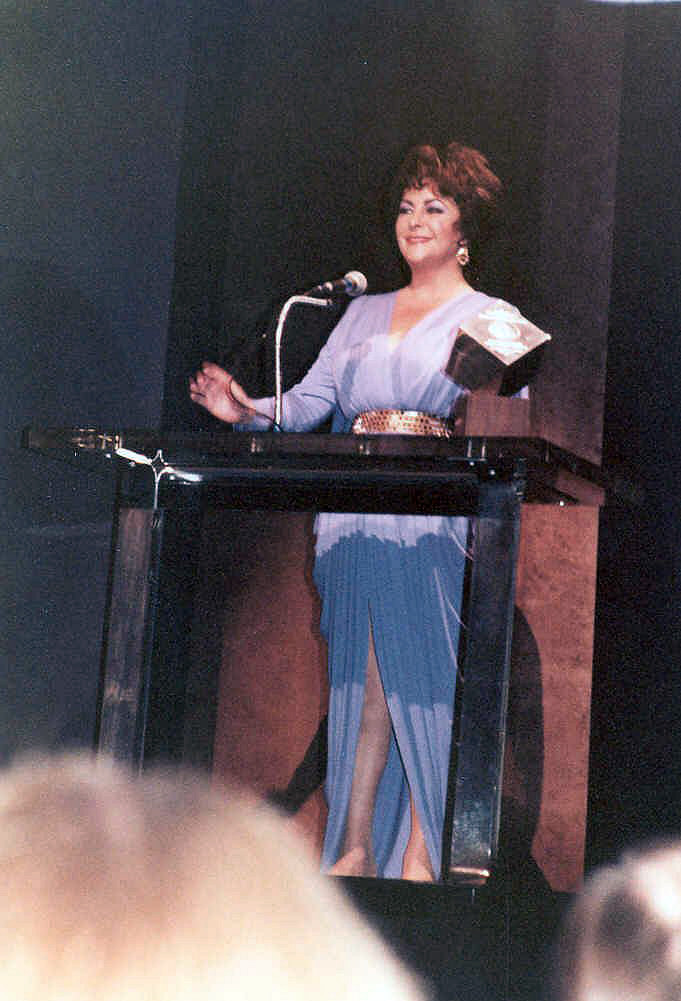
9. **Founding AmFAR: A National Battle Begins**The success of “Commitment to Life” galvanized Taylor. In the summer of 1985, she began to envision an even larger initiative: a national foundation dedicated to improving patients’ lives and accelerating the search for a cure. This wasn’t just about local support; it was about transforming the entire landscape of AIDS research and care.
She convened a pivotal meeting with Dr. Michael Gottlieb, Bill Misenhimer, and Chen Sam at an unassuming French restaurant in Santa Monica. Gottlieb, a doctor; Misenhimer, an openly gay activist; and Taylor, “the greatest living movie star in the world,” formed an “unlikely group,” as Gottlieb recalled. Yet, that night, “it all gelled,” laying the groundwork for what would become a monumental force against AIDS.
Misenhimer cautioned Taylor about the difficult road ahead, but with tears in her eyes, she simply took his hand and declared, “Don’t worry, I’ve been through a lot.” This moment of shared vulnerability and unwavering resolve led to the creation of their West Coast-based National AIDS Research Foundation. But Dr. Mathilde Krim, a respected research scientist and friend of Taylor’s late husband Mike Todd, had already established the AIDS Medical Foundation in New York and was seeking a merger.
Two days after the “Commitment to Life” dinner, representatives from both foundations met in Los Angeles. The result was the formation of AmFAR, the Foundation for AIDS Research, the first major nonprofit organization dedicated to AIDS research. Taylor became the national chairman (insisting on “chairman”), with Krim and Gottlieb as co-chairs. While united by a common goal, their approaches differed: Krim focused on science, while Taylor, deeply affected by her sick friends, emphasized “food and housing and patient services.” Hudson’s will bequeathed $250,000 to Taylor’s foundation, further cementing its beginnings.
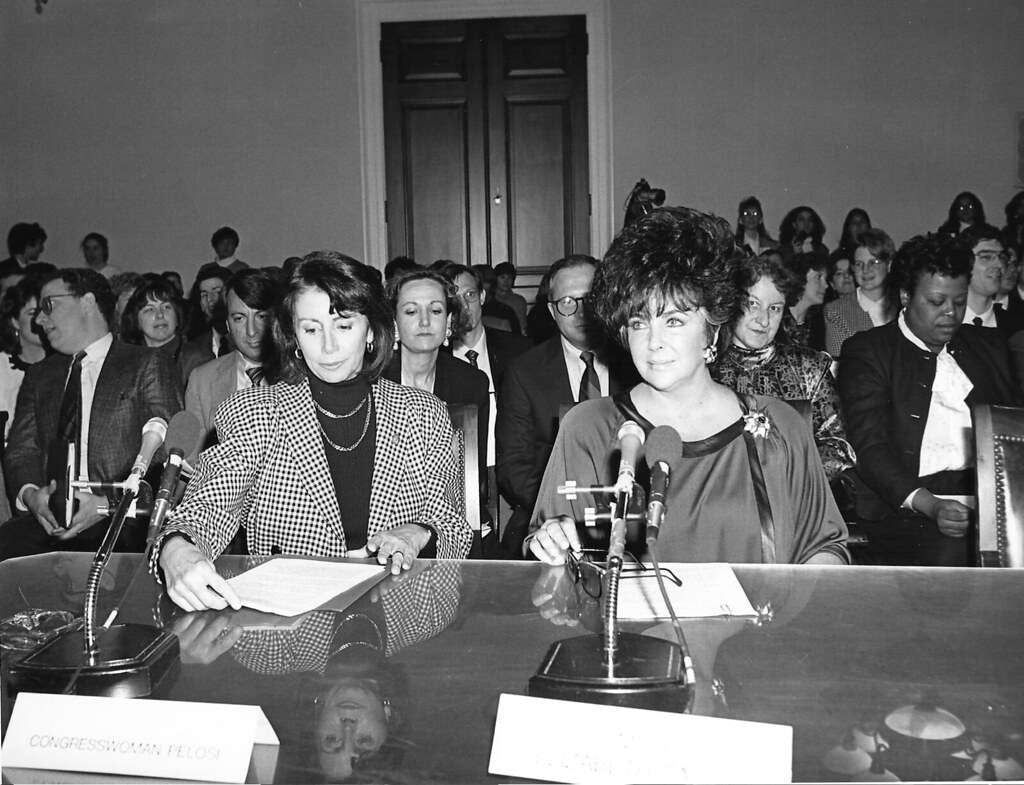
10. **Unseen Acts of Compassion: Hospice Visits and Personal Touches**Elizabeth Taylor, ever the strategist, found an ingenious way to weave her activism into her existing professional life. When she launched her hugely successful perfumes, Passion in 1987 and White Diamonds in 1991, she transformed her promotional tours into opportunities for profound humanitarian work. She traveled the country visiting department stores that sold her fragrances, but with two crucial caveats that revealed the depth of her compassion and commitment.
First, she demanded that no press or cameras interrupt her private visits to AIDS hospices. Her visits were not for public spectacle; they were solely for the patients. Second, she insisted that the perfume company and the department store donate money to each hospice she visited, vowing to match their contributions herself. These were conditions rooted in genuine care, designed to bring both comfort and crucial financial support where it was most needed.
At places like the Coming Home Hospice in San Francisco’s Castro District, nurses would whisper excitedly that Taylor was on her way. She took her time, stopping in each of the hospice’s 15 small rooms, spending several minutes talking with every patient. She asked them deeply personal, yet practical, questions: “if she could arrange to have their dogs walked; she asked if she could call their mothers for them or write letters for them.” Her presence brought tears to some patients’ eyes, as recalled by healthcare worker Guy Vandenberg.
After meeting with the patients, Taylor would sit with the handful of staffers in their tiny kitchen, genuinely concerned for their well-being. “How do you support each other?” she wanted to know, acknowledging the immense emotional toll of averaging “three deaths a week” in the 15-bed hospice. Her presence was a beacon of hope and recognition, acknowledging their tireless work and the constant sorrow they faced, amidst moments of “laughter and gallows humor” that she intuitively understood and embraced.
Taylor meticulously prepared for these visits, wanting to look “perfect” and joking, “I hope I haven’t overdone it!” She always arrived with full hair and makeup, and her famous 33.19-carat Asscher-cut Krupp diamond, because “she wanted the patients to see her the way they had imagined her to be.” She even asked her assistant, Jorjett Strumme, not to accompany her if she might cry, as Taylor “had to keep things light and happy.” But after these visits, back in the car, Taylor would often bury her head in her dog’s soft fur, unusually quiet, carrying the emotional weight of what she had witnessed.
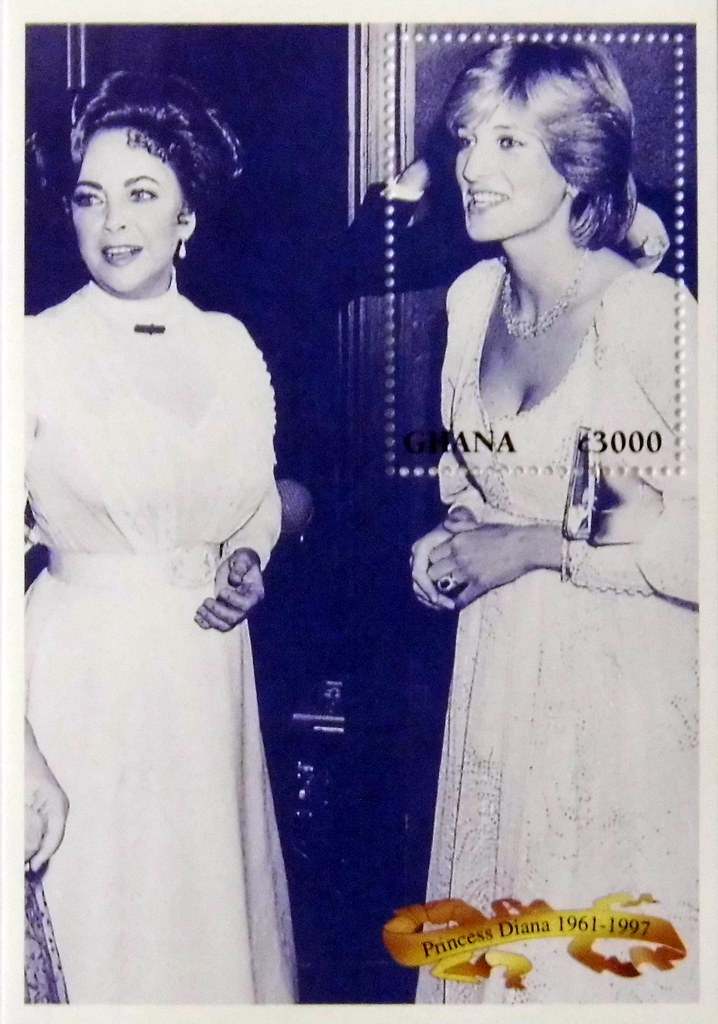
11. **Ward 5B: Humanity Amidst the Crisis**In the harrowing landscape of the 1980s AIDS epidemic, San Francisco, second only to New York in case numbers, became home to a revolutionary beacon of hope: Ward 5B at San Francisco General Hospital. Created in 1983 by Cliff Morrison, this was the world’s first inpatient unit dedicated to people with AIDS, where compassion and humanity reigned, largely thanks to the registered nurses who specialized in their care.
Ward 5B stood in stark contrast to other fear-driven environments. While other hospitals saw nurses and doctors “wear so much protective gear that they looked like astronauts” and “food trays piled up outside of hospital rooms because no one wanted to touch them,” 5B embraced a radical philosophy. Nurses were not allowed to wear protective medical gear, believing that “physical touch was an important way to honor each patient’s humanity.”
They cultivated an environment designed to heal the spirit, even when the body was failing. They would “re-create the decor of patients’ living rooms in their hospital rooms,” allow beloved pets to visit, and, crucially, permit partners to stay with them – groundbreaking practices for the time. Even small details, like using Champagne glasses for water, underscored their commitment to dignity. “We couldn’t cure people, but there was a possibility to heal,” recalled counselor Ed Wolf.
Taylor, during one visit to 5B, stayed for several hours, spending time with each patient individually. Afterwards, she met with a larger group in the lounge, which would later be named after her. She encouraged them to ask her anything, leading to a poignant moment where a patient inquired about her own “grief and sorrow” and “the love of her life.” Taylor candidly shared, “I was married to Richard Burton twice, and he was the most passionate love of my life. Nobody fought more or loved more than we did. But Mike Todd was my first true love.”
Cliff Morrison remembered the atmosphere feeling like “sharing a cocktail with old friends.” Taylor’s comfort and ease in such a vulnerable setting were remarkable. Her genuine empathy was also evident in a tender anecdote: upon hearing of a friend of a friend dying of AIDS, she sent a note with a purple orchid to his hospital bed, saying, “My whole house needs redoing…. This time in deep purple and lavender—so you have to get out in a hurry and help me. All my love, ET.” It was a message of hope, purpose, and connection, even in the face of inevitable loss.
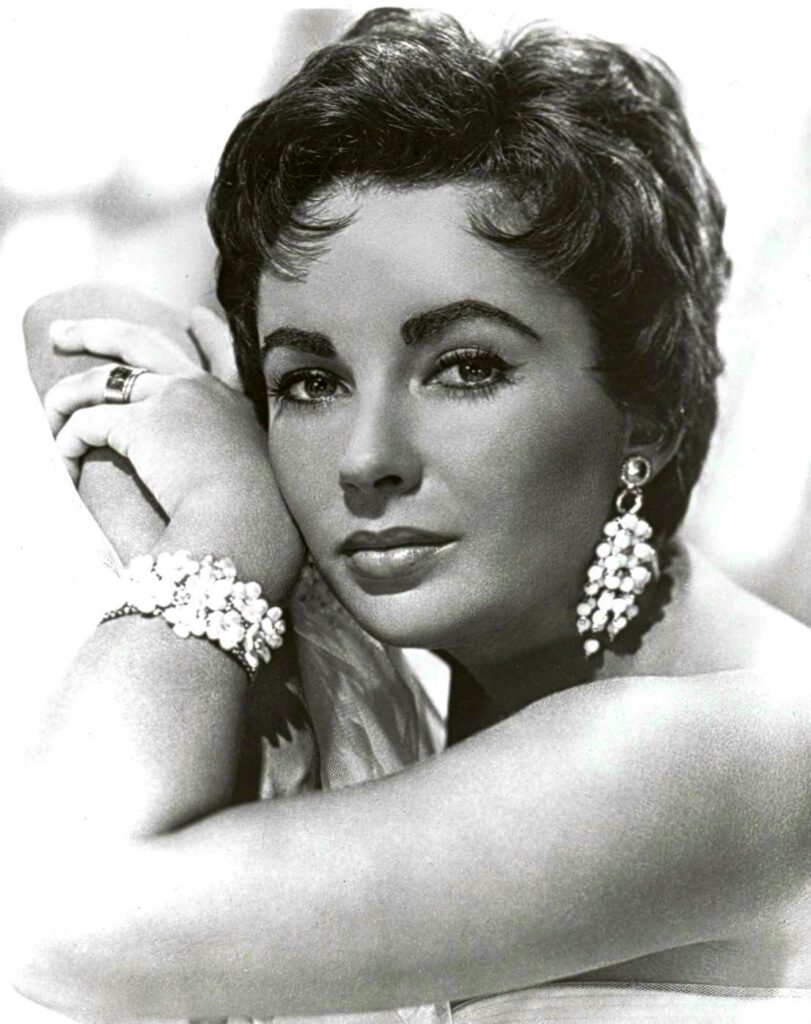
12. **An Enduring Legacy: Humanitarian Icon**Elizabeth Taylor’s journey into AIDS activism was a solitary one at first, waged against immense societal fear and bigotry. In the 1980s, homophobic sentiments were rampant, with AIDS being cruelly labeled the “gay plague.” Figures like William F. Buckley Jr. even suggested tattooing people with AIDS, dismissively calling Taylor “no hero” but an example of “self-indulgence.” But Taylor, with her unshakeable moral compass, simply “could not care less what Buckley—or anyone else—thought of her.”
Her unwavering commitment stemmed from her own experiences of being judged and scrutinized. Her stepdaughter, Carrie Fisher, famously described Taylor’s “rampant empathy,” a profound ability to “mingle your own feelings and consciousness with someone else’s experience.” Taylor understood the pain of ostracization. As her executive assistant Tim Mendelson noted, “Everybody wanted to judge the people who had AIDS and how they got AIDS. She understood that because she was so judged, [including] for who she slept with.” This personal connection made her frame AIDS not as a moral failing, but as a medical crisis demanding urgent, compassionate attention.
Taylor’s activism extended beyond fundraising and direct patient care. In 1991, she founded the Elizabeth Taylor AIDS Foundation (ETAF), ensuring her work would continue long into the future. She eloquently testified before the Senate in 1986, advocating for increased spending for AIDS research. Her efforts earned her widespread recognition, including the Jean Hersholt Humanitarian Award at the Oscars, which she proudly accepted “in honor for all the men, women and children with AIDS who are waging incredibly valiant battles for their lives.” Her granddaughter, Naomi De Luce Wilding, who volunteers for ETAF, noted, “She loved a crisis, she really did.”
GLAAD, the Gay and Lesbian Alliance Against Defamation, honored Taylor with a Vanguard Award in 2000, calling her an extraordinary ally. In her acceptance speech, Taylor famously declared, “There is no gay agenda; it’s a human agenda. Why shouldn’t gay people be able to live as open and freely as everybody else? What it comes down to, ultimately, is love. How can anything bad come out of love? The bad stuff comes out of mistrust, misunderstanding and, God knows, from hate and from ignorance.” These words resonated deeply, encapsulating her belief in universal human dignity.
Elizabeth Taylor’s incredible legacy transcends her iconic films, her dazzling beauty, and her legendary loves. She transformed her unparalleled fame, once resented, into a powerful force for global change. She fired the “most audible shot” in the fight against AIDS, saving countless lives and inspiring millions. From her tireless advocacy and groundbreaking fundraising to her deeply personal acts of compassion, she showed the world that true glamour lies not just in sparkling jewels, but in a heart that refuses to be silent in the face of suffering, forever etching her name not just in Hollywood history, but in the annals of humanitarian heroes.



